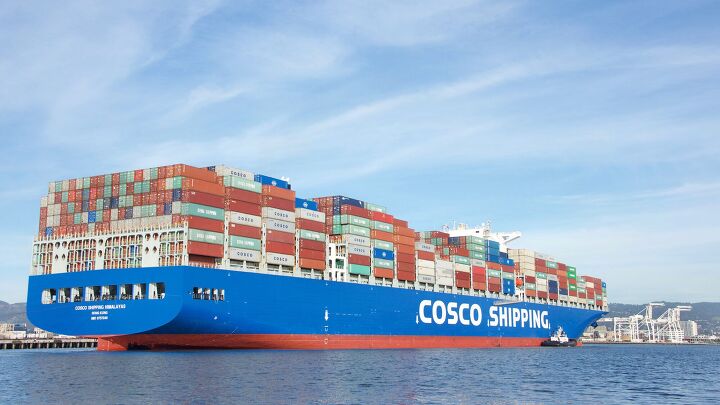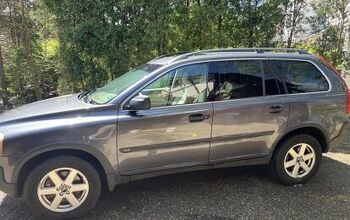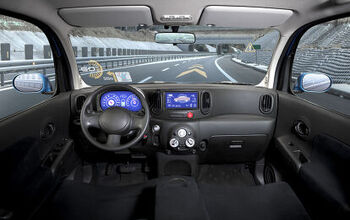China Needs More Ships to Handle Its Rapidly Growing EV Exports

China had long been a sort of a sleeping giant in the world economy, though it hasn’t been so sleepy over the last few decades. The country’s tech, automotive, and manufacturing industries have become juggernauts in their respective sectors, and the Chinese auto industry has solidified itself as a global force. Automakers there are exporting so many electric vehicles that China has found its shipping fleet – already the eighth largest in the world – is inadequate to handle the volume.
China is expanding its shipping capabilities to the point that it will become the fourth-largest fleet in the world, and it’s opening new trade routes to accommodate all the action. Companies like BYD, SAIC Motor, Chery, and others have ordered dozens of new ships as the country’s auto industry has overtaken Japan’s as the world’s largest exporter.
Though it’s growing rapidly, the Chinese automotive sector has been criticized by Europe, America, and others for the government’s heavy subsidies that make it unfairly competitive against higher-priced Western models. The U.S. government has made it nearly impossible for Chinese companies to sell vehicles here, though that could always change, and BYD has said that it has no plans to do business here.
Even so, American companies like Tesla face an uphill battle competing with Chinese automakers as it goes back and forth with BYD for world sales records. Pricing remains a challenge for electric vehicles in America for now, though, as no automaker has been able to crack the affordability nut. That, along with the highly polarized political environment here, has slowed EV adoption, so it could only be a matter of time before demand for cheaper Chinese models intensifies.
[Image: Sheila Fitzgerald via Shutterstock]
Become a TTAC insider. Get the latest news, features, TTAC takes, and everything else that gets to the truth about cars first by subscribing to our newsletter.

Chris grew up in, under, and around cars, but took the long way around to becoming an automotive writer. After a career in technology consulting and a trip through business school, Chris began writing about the automotive industry as a way to reconnect with his passion and get behind the wheel of a new car every week. He focuses on taking complex industry stories and making them digestible by any reader. Just don’t expect him to stay away from high-mileage Porsches.
More by Chris Teague
Latest Car Reviews
Read moreLatest Product Reviews
Read moreRecent Comments
- Bikeriding Donutguy 1977.My friend Jim Weisensale had a cherry 1973 455 SD 4 spd Trans Am.Me? I had a 68 Beetle.
- FreedMike I don't see why you can't have both EVs and conventionally powered cars.
- Zerofoo We leased a new CX-5 for my daughter when she started driving. We put nothing down and bought gap insurance. The theory was if she totaled the car, it was nothing more than a rental. If she kept the car in good shape and the car was reliable, we would, at the end of the lease, have the opportunity to buy a low-mileage 3 year old used car.
- Peter KODAK Moment
- Eliyahu Toyota has looked at the state of the world and decided that hybrids are the best fit for currently achieving environmental and regulatory goals. Their hybrid production is now across many of their models. Honda is following suit. They will both likely also produce some electric vehicles. The best path forward is likely higher fuel taxes, with some tax credit offsets for the lower tax brackets. This would encourage a move toward more fuel efficient vehicles. The US big 3 auto makers are the ones with the most to lose here-they are the late adapters-coasting on trucks.


































Comments
Join the conversation
At least two car carrier ships with high end European EV cars aboard have caught fire in the Atlantic, on their way to America. The crews abandoned the ships, since there was no way to stop the fires, and the ships burned until they sank. What shipping company would be stupid enough to ship Chinese EVs across the pacific?
What can be more green than shipping an EV half way around the world?